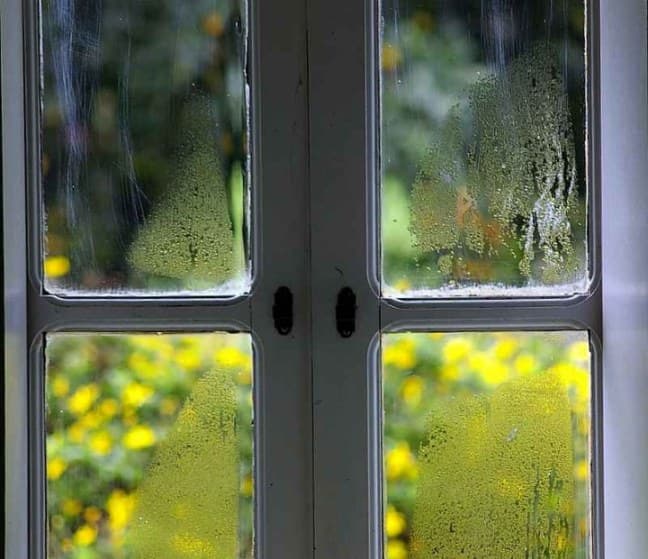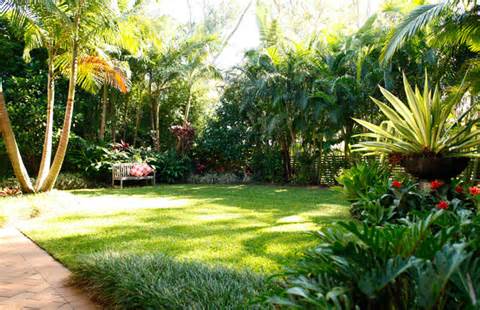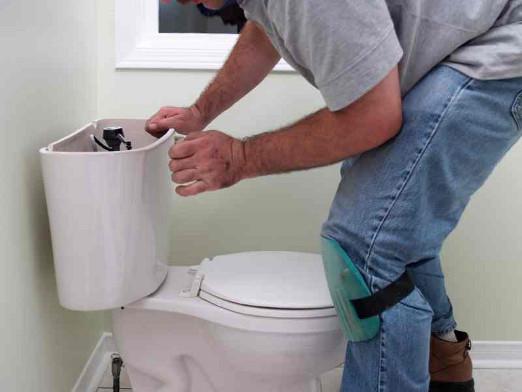According to environmental experts, approximately 40% of what we throw away is organic, which is why we show you how to make homemade compost with natural products.

If we like gardening and want to save on the purchase of compost, doing it at home will save us significant money and we will contribute to the environment.
How to compost with home remedies: What you need to know
Compost is a fertilizer with nutrients that serves to fertilize the garden or plants that we have at home. The homemade compost is a much more friendly alternative environment that we can buy chemical fertilizers to perform the same operation.
The first thing we will need is a composter, which is a container in which we will gradually add the raw material that will later become compost. This composter can be manufactured by recycling old pots, construction pallets, wooden fruit boxes, etc.
Homemade compost will grow from various types of raw materials such as potato skins, grass, coffee grounds, fruit and vegetable peelings, etc. If we don’t know how to do it, the waste will rot, so we will only get a stinking dough that is useless. The way to prevent this from happening is by interspersing alternate layers of wet waste with dry organic materials and periodically ventilating our compost.
How to make homemade compost: Step by step operation
There are several methods, but it is best to start with one of the simplest and least complicated ways. It is enough to have a wooden box, a plank base, a pot, a large planter that is old and that we no longer use… in short, any container with a certain capacity will do us good. The only condition is that it is not in direct contact with the ground.
The first thing we should do is make a few holes in the base and place a first layer of soil, and a second layer of dry materials (sawdust, straw, some branches of pruning remains). These first dry layers will prevent the bottom of our home composter from rotting and, in the end, spoiling the mixture that we are going to make.
The second step will be to add organic waste. To do this, we will have kept that garbage that we are not going to get rid of, we will put on gloves to handle these organic wastes, and we will start making homemade compost for our home or urban garden.
In this container we will be adding different wastes. We will be interspersing wet or green products with dry products. In this way, and doing it in layers, the compost will not smell rotten and will have spoiled, and we will have that balance that a compost needs to be the perfect fertilizer for plants, fruits and vegetables.
The next step is to water the homemade compost that we have made because this organic fertilizer needs a certain degree of humidity for this fertilizer to form, which will enrich our crops and plants. In addition, we will also need to air it out. Therefore, it is necessary to water it from time to time, taking care not to puddle the container, ensuring that moisture penetrates into the different layers that we have been adding to our home composter.
Tips and tricks to get good homemade compost
In order for our homemade compost to have a good quality, in the first filling of our first layer, that is, at the bottom, we must have introduced woody material, which can be made up of dry and thick branches of pruning remains, dried pineapples, etc., to facilitate air circulation, since ventilation is essential for compost formation.

This first layer will be approximately 30 centimeters. Afterwards, we can already pile up the organic waste from different layers. A good option, if it is within our reach, is to add manure from farm animals to speed up the process of decomposing the compost. We should always add more waste on a regular basis. The smaller these are, the better for our homemade compost, since bacteria and microorganisms will act better and more deeply, and the decomposition process will always be faster.
Whenever possible without destroying the layers we have created, we must carefully remove the contents of the home composter to ensure that organisms that are decomposing matter can breathe, and not ferment. Furthermore, it is important to protect the composter from sudden changes in temperature.
Many times, homemade compost is spoiled because it is not well aerated, and the materials begin to rot if there is no air, and we will notice that we will not have done it well because it will give off a strong bad smell. A well-made homemade compost will not smell bad, because the organic waste that we have distributed in layers, well aerated, will not give off bad odors, and will serve perfectly as compost.
This homemade compost that we have made requires a time of elaboration, and the process is long. We will have to allow six to eight months to start extracting our compost from the bottom of the composter or container. The way to know that this compost is ready and ripe to be used is because it will give off a pleasant smell that will remind us of the forest land.
It is convenient to let it rest for a few days once we have extracted it, and we will have it ready to fertilize our plants, fruits and vegetables with the best nutrients, manufactured by ourselves. We will notice the excellent results, and we will not want to use artificial fertilizers with chemical products again. In addition, we will have contributed our grain of sand to preserving the environment.


